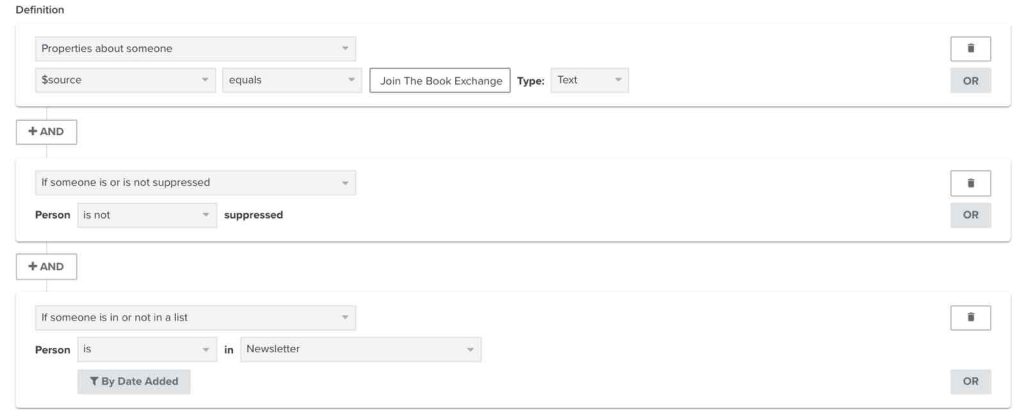To observe who submits your Klaviyo forms and their responses, learn how to construct segments. You may learn who enters your account with Klaviyo forms by creating and analysing the appropriate segments. You may use this information to analyse client behaviour and attributes over time and to see which forms are most effective for your audience.
Form identification section with the $source hidden field
You can add hidden fields to a Klaviyo form so that users cannot view them. They are connected to the submit button and often gather data about the form’s contents or its position on your website. These qualities are denoted by the name of your hidden field property, and by default, all forms have the hidden field named $source (the name of the form itself).
The most crucial forms to enable on your website are those that connect to and feed your main customer list, like a mailing list. To find out who has recently subscribed to your newsletter and used a specific form:
- In the sidebar of Klaviyo, select Audience.
- The Lists & Segments option.
- Simply select Create List / Segment.
- Choose a segment.
- Make a segment and define it as follows:
- Characteristics of someone > [Your form] is equal to $source.
- And
- If someone is repressed or not, then they are not
- And
- If a person is on a list or not, they are in the list. (Your primary list)

The form: Join the Book Exchange is $source in this instance. In order to distinguish the method by which the profile was entered into Klaviyo, it uses the name of your form. Add both sources, separating them with an OR condition, if you want to include a segment that includes two forms that lead to a single list (such as a popup and an embed).
Form results segment with profile properties
If, for instance, you have a form that gathers survey replies, you may also build segments to see form results that have several response alternatives. Use the profile characteristics associated with these results to segment in order to do this. Profile properties are details about the profiles in your account that are divided into two categories:
- The Klaviyo portfolio: Pre-built properties in Klaviyo, such as email addresses, addresses, first names, etc.
- Individual properties: Individually customizable properties
Consider running a bakery and wanting to target clients with content that will appeal to them especially. You can create a form that asks clients whether they like chocolate, vanilla, or both.
These choices will be saved as profile characteristics when someone fills out this form, which you can subsequently use to segment. Your segment would resemble this if you wanted to target clients who like chocolate:

Utilise this segment to examine the preferences of your audience before sending them stuff that is especially relevant to them. This enables you to engage with your customers and fully own your marketing.
Join us as you begin your Shopify journey
We are e-commerce specialists and Shopify Partners. Get in touch with us if you need assistance with Shopify, need a whole website built, or have any other general questions.

